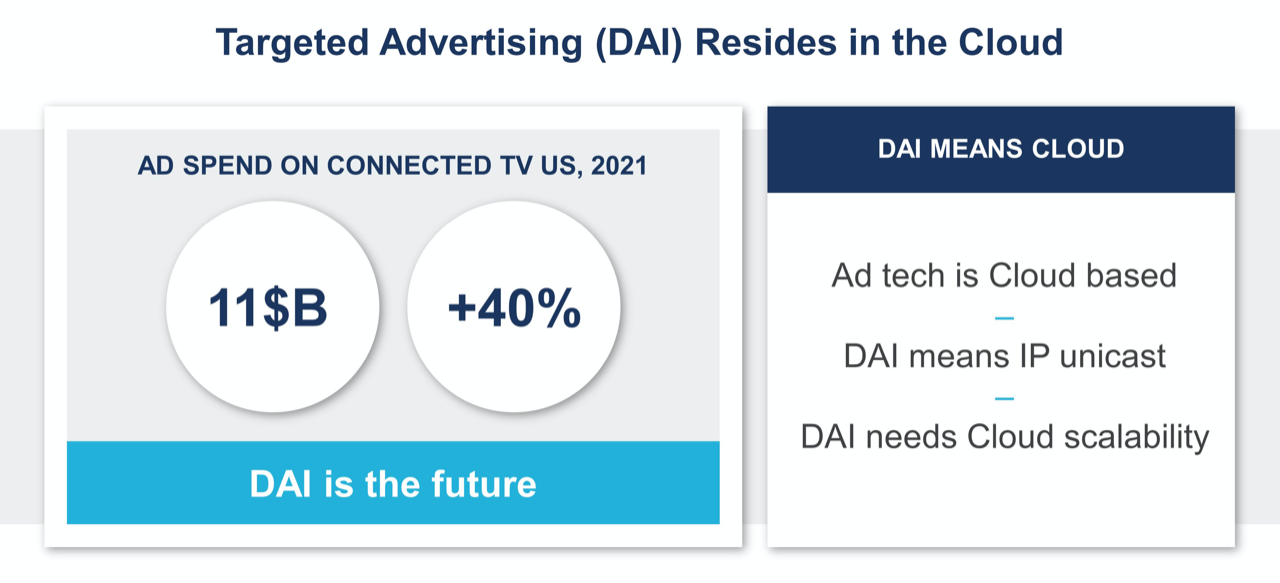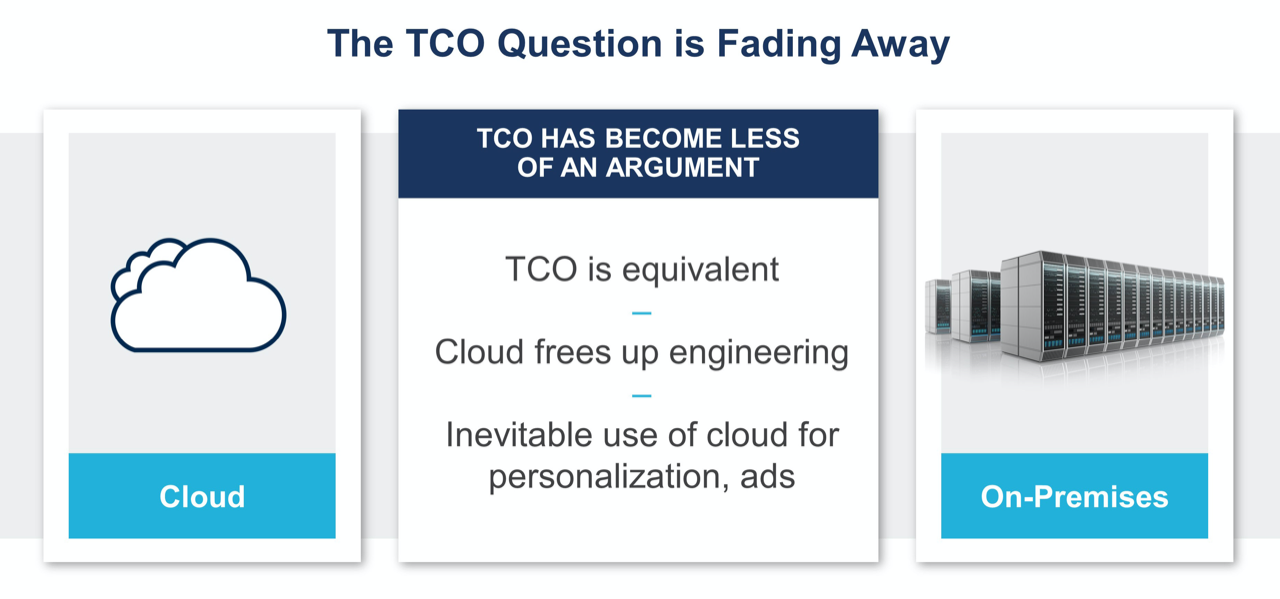The Acceleration of the Video Industry’s Cloud Transformation
Major video industry players are choosing the cloud for a range of reasons

In 2020, global cloud market spending reached $142 billion, according to Canalys. Cloud acceleration is happening across all industries globally, and it is especially pervasive in the video market. In fact, it has been documented that in the past year, 57% of media companies were already operating in the cloud or planning to move there imminently.
There are several key factors driving the video industry’s cloud transformation. First, during the COVID-19 global health crisis, the cloud emerged as an exceptionally resilient infrastructure compared with traditional broadcast facilities affected by lockdowns. Second, cloud infrastructure is also scalable and flexible, presenting streaming services with a foundational tool for delivering at high scale and introducing new capabilities such as targeted advertising and personalized content.
Cloud adoption will continue to rise rapidly for the foreseeable future, and major video industry players are choosing the cloud for a range of reasons.
Cloud is Perfect for Video Streaming
In the world of professional video and pay-TV services, streaming has become the dominant type of video consumption. Early adopters moved to the cloud because the variable nature of streaming and its basis on IP were a perfect fit for cloud infrastructure.
Cloud was also a great fit commercially with its pay-as-you-go business model that allows payment for only what is consumed without having to predetermine capacity, which is ideal for emerging streaming services.
Cloud Enables Live Streaming to the Masses
While the roots of video streaming are based on subscription VOD (SVOD) services, there has been a recent explosion in live streaming events. This uptick is linked to the benefits of the cloud.
On-premises infrastructure has limitations and one such constraint is the need to pre-estimate what peak usage will be in order to deploy the correct amount of compute and storage in the facility. The cloud has made that prerequisite immaterial and as such enabled its use for servicing high viewership streaming services. Being inherently flexible and scalable, the cloud allows content owners to effectively stream an infinite number of live events and channels, without the need to predict the number of viewers. If viewership skyrockets the cloud can adapt, utilizing scale up and down technologies, in real time, helping to address a growing demand.
Cloud is Home to Targeted Advertising
Another reason for the video industry’s push to the cloud is targeted advertising, which is powered by dynamic ad insertion (DAI) technology. Targeted advertising will be a fundamental part of the business model for streaming media in the future and is already a multi-billion dollar market today. Research from eMarketer shows that ad spending on connected TVs in 2021 is set to surpass $11 billion in the U.S. alone.

This growing ecosystem for targeted advertising resides in the cloud. By leveraging the power of cloud compute technology, machine learning and AI, and vast amounts of storage, content owners can collect and process an enormous amount of consumer data and determine the best ad for each individual viewer, boosting the overall monetization potential.
Content Personalization Isn’t Possible Without Cloud
By delivering personalized content, such as local and regionalized sports or creating channel variants for different demographic groups, video services can reach a larger audience and increase overall viewing time. Content personalization requires the use of analytics, data, and AI, which in turn rely on a massive amount of storage and compute. This provides an additional reason why video workflows are being driven to the cloud.
Cloud is Reliable
During the early days of cloud adoption, there was an assumption that cloud would not be as reliable as traditional broadcast facilities. That notion has been proven false by two key events. The first is the success and proven reliability of large-scale streaming platforms such as Netflix and Amazon Prime who operate predominantly on the cloud, and second was the pandemic, which confirmed that clouds are not only reliable but can grow to meet explosive demands while maintaining a high level of reliability.
Today we see further steps taken applying cloud specific designs previously not feasible in traditional architectures, which bring even further levels of reliability. One such example is the use of geo-redundant clouds that are synchronized and ensure that downstream subscribers pull content from one or the other in a seamless manner. Not only does that provide high reliability but also a foundation for simpler maintenance and upgrades.
TCO is Equivalent
When choosing between on-premises vs. cloud for video delivery, a total cost of ownership (TCO) analysis is often performed. This involves weighing the direct and indirect benefits of operating on-premises vs. cloud infrastructure with the price. Recent comparisons have repeatedly proven that the TCO is quite favorable in a pure costing analysis.

But when looking at the bigger picture, it’s apparent that by utilizing the cloud there is an opportunity to free up talented engineers from focusing on infrastructure towards focusing on the application level itself and as a result provide higher value to the service overall.
Conclusion
The COVID-19 global health crisis fast-tracked the growth of video streaming and led to a rapid adoption of cloud-based infrastructure. With the cloud, video service providers are empowered to stream more, deliver personalized content, drive new revenues through targeted advertising, and increase efficiencies across a range of video workflows.
The video industry’s pivot to a cloud environment will have long-lasting effects on the evolution of video. It will result in new and improved viewing experiences and more lucrative business models for both content owners and streaming providers.
Shahar Bar is senior vice president, video products and corporate development at www.harmonicinc.com
Get the TV Tech Newsletter
The professional video industry's #1 source for news, trends and product and tech information. Sign up below.
Shahar Bar is senior vice president, video products and corporate development at Harmonic Inc.

